Organic Waste Recycling plays a vital role in promoting sustainability by turning waste into valuable resources.
Peaks-eco builds and operates turnkey organic waste-to-energy plants.
The biodegradable fraction remaining on the municipal waste indicates a high percentage of the domestic waste on many occasions. The biological processes (aerobic or anaerobic) are those allowing the recovery of higher organic fraction , obtaining a remarkable harmful waste's reduction and allowing the waste production recovery.
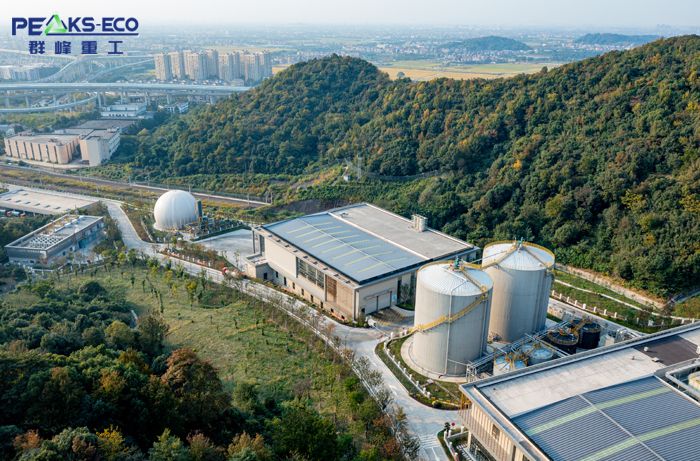
The biodegradable fraction remaining on the municipal waste indicates a high percentage of the domestic waste on many occasions. The biological processes (aerobic or anaerobic) are those allowing the recovery of higher organic fraction , obtaining a remarkable harmful waste's reduction and allowing the waste production recovery.
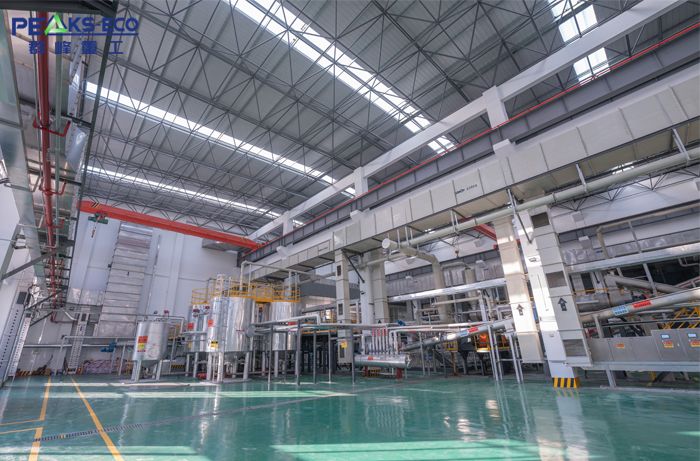
Once separated in the mechanical pre-treatment through aerobic procedures (compost, stabilization, bio-drying) or anaerobic (anaerobic digestion) Peaks-eco Recycling offers a wide range of possibilities for this biodegradable fractions treatment.
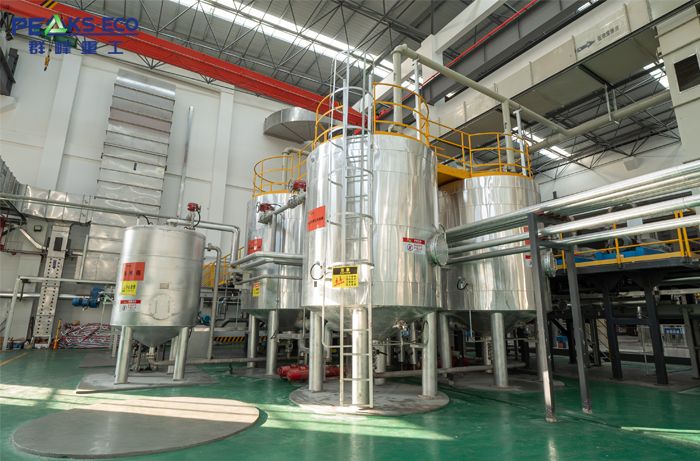
We offer our clients a wide range of options in order to reach the maximum profitability in their projects. These options include organic material stabilization, high production compost, and drying of the biological material or the biogas production through anaerobic digestion.
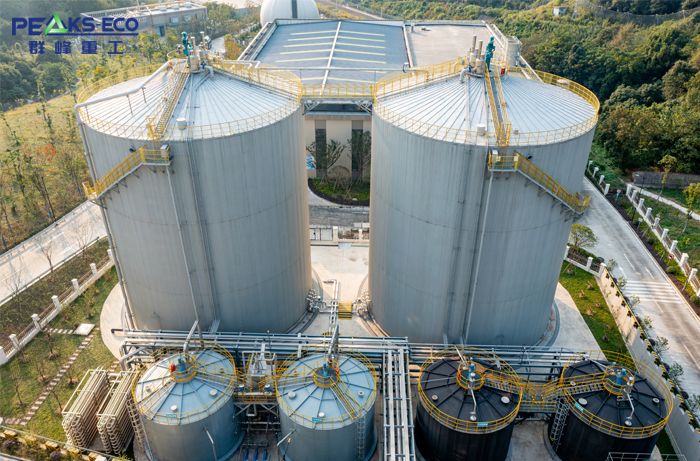
Organic waste-to-energy systems proposed for composting and energy recovery are generally based on the following process:
The waste is deposited in a large cylinder, known as a stabilized bioreactor, the core element of the composting unit. In a pre-fermentation stage tube which is continuously rotated for three days at a temperature of 60°C, the organic parts of the waste are broken down, leaving only a small fraction of the initial waste. Metals, glass, inert material and plastics are then separated from the organic matter during a refining stage. This type of refuse, which represents less than 50% of the original waste entering the system, is then generally transferred as fuel to an energy recovery center. Before the start of a two-stage composting process, the fermentable waste is mixed with shredded green waste in order to help the circulation of air. For four to six weeks, this mixture is kept in fermentation tunnels where temperature, hygrometry and oxygen concentrations can be monitored and regulated. After being turned over, the mixture completes its aerobic decomposition phase in designated storage areas for a further three to four weeks. After sifting, the end product is then kept on a storage platform for several months before use.
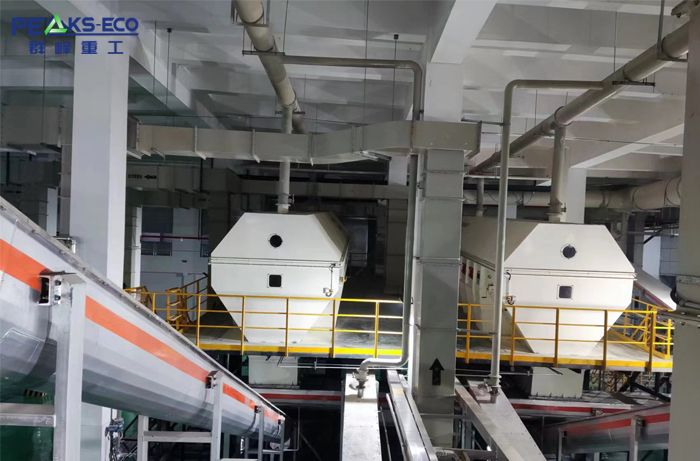
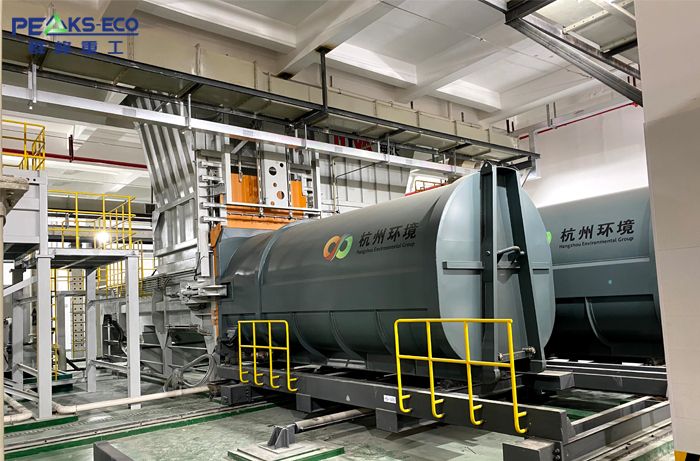
The Benefits of Organic Waste Recycling include reducing landfill waste and creating nutrient-rich products through methods like Composting Organic Waste. Various Organic Waste Recycling Solutions and Organic Waste Processing Methods are available to address diverse needs, from household waste to Industrial Organic Waste Recycling. Understanding How to Recycle Organic Waste effectively involves implementing Organic Waste Recycling Systems and adopting Best Practices for Organic Waste Recycling. With advancements in Organic Waste Recycling Technology and Sustainable Organic Waste Solutions, eco-friendly practices such as Organic Waste to Compost are becoming more accessible. Innovations in Organic Waste Recycling continue to drive progress in Organic Waste Management, ensuring a greener and more sustainable future.